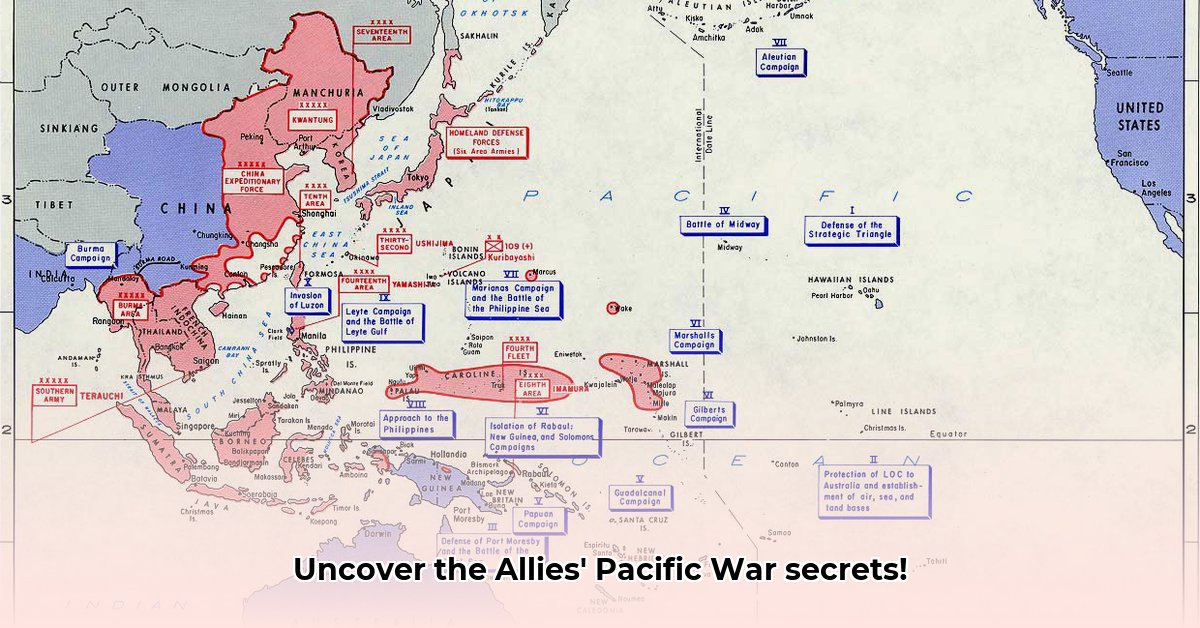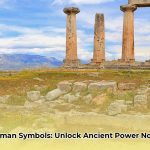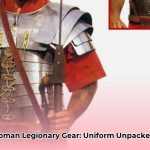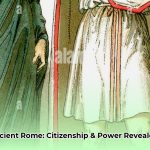Picture this: the Pacific Ocean, a giant battlefield where one of history’s fiercest wars raged. A map is the perfect way to understand this huge conflict. This article will take you through World War II in the Pacific, explaining the battles and smart moves that decided the war. We’ll look at the strategies used, from the clever island-hopping plan to the Japanese navy’s tactics. We’ll also see how new technology changed things completely. Get ready for a fascinating look at naval battles, revealing how the Allies won and what we can learn from this important part of history. We’ll use maps to show you exactly what happened across the Pacific, making the story easy to follow and truly captivating. For a broader geographical context, see this US map.
Pacific War Map: Unlocking the Secrets of Allied Victory
The Pacific War was a sprawling conflict, a vast ocean dotted with islands that became battlegrounds. Understanding this war requires more than just dates and names; we need a roadmap—a Pacific War map. This map isn’t just a static image; it’s a dynamic storyteller, revealing the ebb and flow of power, advances, and setbacks. Let’s dive into the story it unfolds.
Japan’s Initial Offensive and Island Grab
Initially, the Pacific War map showed Japanese dominance. Their swift attacks, beginning with the Pearl Harbor raid, caught the world off guard. Look at the map – you’ll see how quickly they seized crucial islands, cutting Allied supply lines and establishing air bases across a huge swath of the Pacific. This was a brilliantly conceived campaign of speed and surprise. However, could this rapid expansion be sustained?
The Tide Turns: Midway, Naval Strategy, and Carrier Warfare
The atoll of Midway, a speck on the Pacific War map, became the scene of a pivotal battle. Midway wasn’t just another naval engagement; it was a turning point that shifted the balance of power. Look closely at the map and trace the movements of the fleets involved. Notice Midway’s strategic location and its importance as a critical fuel and supply hub for US operations in the Pacific. Consider, too, the crucial role of US codebreakers who predicted Japanese tactics – that alone altered the battle’s outcome. Imagine the sheer intensity, the fear, and the courage of the pilots involved in this massive air and naval clash. Midway signaled a decisive shift — from Japanese supremacy to Allied momentum. Carrier-based aircraft became the dominant force, overshadowing battleships. The map, once a record of Japanese conquests, now began to illustrate the dynamic ebb and flow of carrier-borne strikes and counterstrikes.
Guadalcanal: A Grueling Struggle and High Human Cost
Guadalcanal, another island on the vast Pacific War map, became the site of a brutal campaign that shaped the war’s future trajectory. The battle raged for months, a grueling contest of attrition. Study the map: see how this struggle over a small piece of land affected the entire Pacific theater. The fighting on Guadalcanal was ferocious, a stark reminder of the incredibly high human cost of this conflict. It reshaped the war, demonstrating the strategic importance of even small islands in the control of Pacific sea lanes and air power.
Island Hopping: A Strategic Masterpiece
The Allied strategy of “island hopping” is easily visible on the Pacific War map. This wasn’t a simple linear advance; instead, it was a carefully planned approach of seizing strategically important islands while bypassing others that were heavily fortified. Why this strategy? It was a calculated risk, designed to minimize casualties while maintaining strategic momentum and applying constant pressure on Japan. The map itself showcases this methodical advance, the relentless progress made in the Allies’ push towards the Japanese home islands. Each captured island represented a significant step toward the ultimate defeat of the Japanese war machine.
Technological Innovation: A Decisive Factor
Technological innovation played a monumental role in determining the outcome. Advancements in radar, sonar, and aircraft technology significantly altered the course of the war. Examine the map again; observe how these technological advantages impacted battle outcomes. The Allies, with their superior industrial base and manufacturing capacity, were able to produce more advanced weaponry and equipment, gradually reversing the initial Japanese advantage. While the map itself doesn’t directly display these technological leaps, their impact is clearly visible in the changing patterns of fighting and the overall trajectory of the war.
The Human Toll: A Story Beyond the Map
While the Pacific War map provides a crucial overview of the geographical dimensions of the conflict, it falls short of capturing the human dimension of this devastating war. Millions of people endured unimaginable suffering and perished on all sides. The war left an enduring scar on the land, the peoples, and the culture of the Pacific region. Always remember the human narratives lurking behind the lines on the map – the individual stories of courage, sacrifice, and loss, a human cost that extends far beyond simple military statistics.
Conclusion: Lessons from a Pacific War Map
The Pacific War map is not merely a visual representation of land and sea; it’s a powerful narrative, a dynamic story of military strategies, technological advancements, and fierce human struggles. By carefully studying this map, we can gain a deeper grasp of the Pacific War’s complexities, its crucial turning points, and ultimately, the Allied victory. Remember, alongside the strategic successes and technological innovations, the map should also remind us of the considerable human cost of this conflict and the enduring lessons learned. Ongoing research continues to refine our understanding of this intricate and globally significant event.
How did codebreaking impact naval battles in the Pacific Theater of WWII?
Key Takeaways:
- Allied codebreaking efforts significantly altered the course of the Pacific War.
- The breaking of Japanese naval codes, especially JN-25b, provided crucial intelligence.
- This intelligence advantage didn’t guarantee victory but dramatically shifted the odds.
- Midway is a prime example of how decrypted messages enabled a stunning Allied triumph.
- Codebreaking complemented other factors like naval tactics and industrial capacity.
- Decryption efforts weren’t without challenges; organizational issues sometimes hampered effectiveness.
Cracking the Code: A Turning Point with JN-25b in the Pacific
Imagine trying to fight a war blindfolded. That’s precisely the predicament the Japanese Navy found itself in during significant portions of the Pacific campaign. How did codebreaking impact naval battles in the Pacific Theater of WWII? The answer lies in the painstaking work of Allied cryptographers who managed to decipher Japanese naval codes, specifically JN-25b. Suddenly, the Allies had a glimpse into the enemy’s strategic plans, troop movements, and even their intended targets. This intelligence wasn’t some magical formula for guaranteed victory, but it became a decisive factor, tipping the scales in several critical battles.
Midway: A Case Study in Triumph
Midway, a pivotal battle of the war, perfectly illustrates the impact of intelligence. The Japanese plan, a carefully orchestrated attack, was laid bare thanks to decrypted messages. The U.S. Navy, now informed of the planned assault, was able to prepare an ambush. The result was a stunning American victory, a critical turning point that irrevocably shifted the momentum of the war in the Pacific. Without the intel obtained through codebreaking, the outcome very likely would’ve been dramatically different.
The Island-Hopping Campaign: A Calculated Risk
The Allied island-hopping strategy, a slow, arduous advance toward the Japanese home islands, also benefited immensely from decrypted enemy communications. Knowing Japanese troop movements, supply lines, and defensive plans allowed for more focused, effective attacks. It didn’t eliminate all risks; island hopping was still costly in terms of lives and resources—but codebreaking made the campaign far more efficient and reduced the number of surprises. Each successful island-secured provided invaluable intelligence for the next, creating a domino effect aided by the cracking of codes.
Challenges and Limitations: The Human Element
Codebreaking wasn’t a magical solution. It had its limitations. The sheer volume of intercepted messages posed considerable challenges. It required an immense manpower investment in highly skilled individuals, with many working under immense pressure. Furthermore, the effectiveness of intelligence was directly tied to the ability of military commanders to correctly interpret and act upon it. Sometimes operational delays, rivalries between intelligence agencies, or even simple misinterpretations could diminish or even nullify the advantage provided by decrypted communications. It was a human endeavor, with all the inherent complexities and potential fallibilities that implies.
Pacific War Naval Warfare: Technological Innovations and Doctrine Differences
Key Takeaways:
- The Pacific War saw a dramatic shift in naval warfare, driven by technological innovations and changing doctrine differences.
- While aircraft carriers rose to prominence, battleships retained strategic value, though their role evolved.










